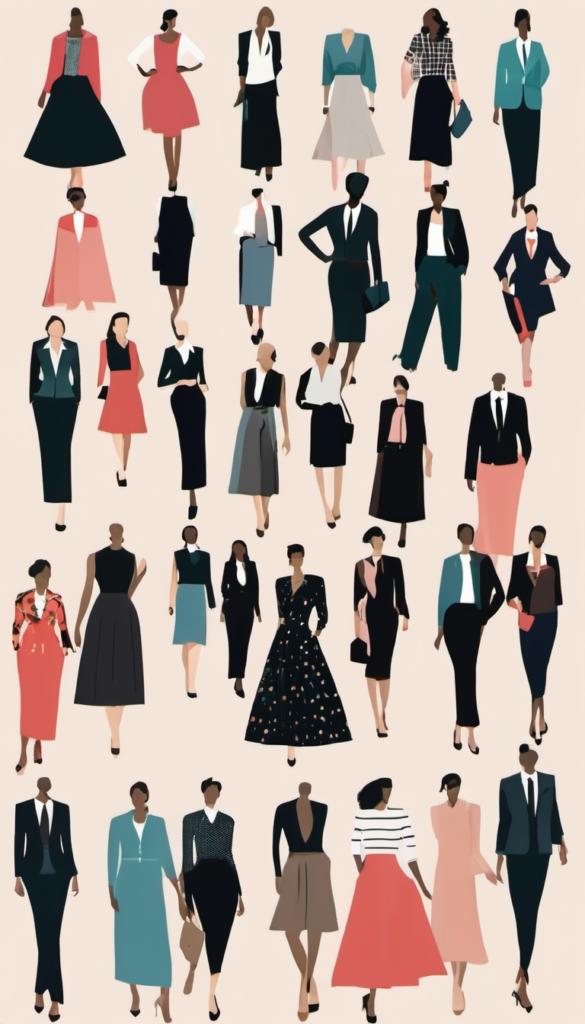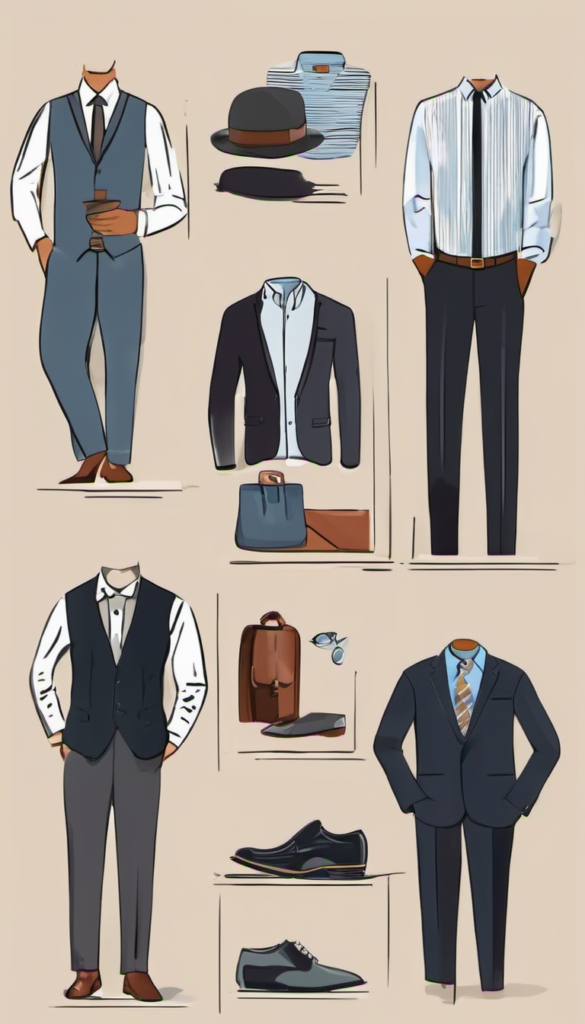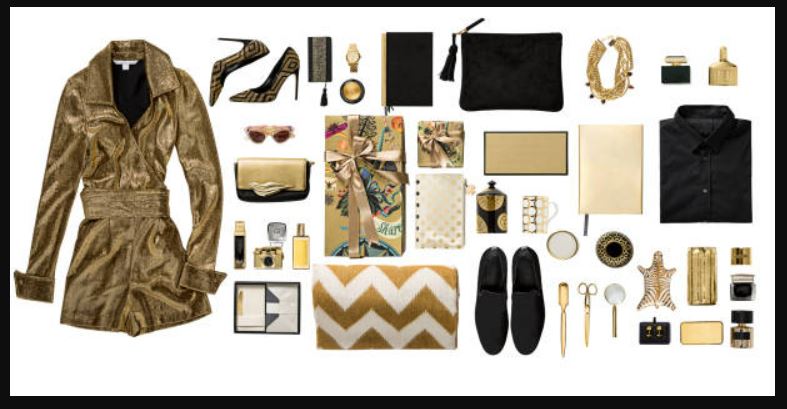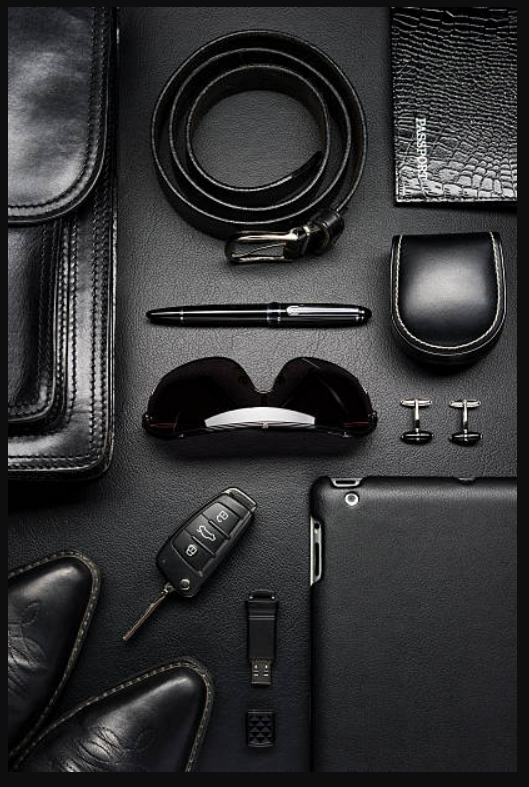In the competitive world of professional endeavors, one often hears the adage, “dress for the job you want, not the job you have.” While it may seem like a cliché, there’s a significant truth embedded within this statement. In this article we can discover more what is behind this statement and how to dress for success and the job you want?
The way you present yourself through your attire plays a crucial role in shaping perceptions, establishing credibility, and ultimately, achieving your career goals. You can read insights regarding the topic in this article by delving into the importance of dressing for success and providing practical tips on how to do so effectively.
How to dress for success and for the job you want?
Everything is possible nowadays even that your boss or job has a dress requirements where he wants to see you in weird dresses, but highly unlikely.
Why dressing is sooo important in our jobs (in some places)?
First Impressions Still Matter
Whether you’re
- attending an interview,
- meeting a client, or
- interacting with colleagues,
the first impression you make is often lasting.
Studies have shown that people form judgments about others within seconds of meeting them, and clothing is a prominent factor in this assessment.
A series of experiments by Princeton psychologists Janine Willis and Alexander Todorov reveal that
all it takes is a tenth of a second to form an impression of a stranger from their face, and that longer exposures don’t significantly alter those impressions (although they might boost your confidence in your judgments).
Their research is presented in their article “First Impressions,” in the July 2006 issue of Psychological Science.
Dressing influence highly the picture about
- competence,
- confidence, and
- attention to detail,
qualities that are highly valued in most workplaces.
Reflecting Company Culture
Every organization has its own unique culture and dress code.
By aligning your attire with the prevailing norms of the company, you demonstrate your understanding of and respect for its values and traditions.
Whether it’s a
- formal business suit for a corporate environment or
- business casual attire for a more relaxed setting,
dressing appropriately showcases your ability to adapt and fit into the organizational ethos.
Boosting Self-Confidence
Dressing well isn’t just about impressing others; it’s also about feeling good about yourself.
When you’re dressed in professional attire that makes you look and feel confident,
you’re more likely to
- exude self-assurance and
- command respect in professional interactions.
This heightened sense of confidence can translate into improved performance and greater success in your career endeavors.
Projecting Professionalism
In today’s hyper-connected world, professional interactions extend beyond the confines of the office.
Whether you’re attending
- networking events,
- conferences, or
- client meetings,
your appearance speaks volumes about your professionalism and reliability.
Dressing appropriately for such occasions demonstrates your commitment to
- upholding standards of professionalism and
- signifies that you take your career seriously.
Common dress codes
Business Casual
- Men: Dress trousers or chinos, collared shirts (polo shirts or button-downs), loafers or dress shoes.
- Women: Blouses, dress shirts, sweaters, dress pants, skirts (knee-length or longer), flats or low heels.
Smart Casual
- Men: Casual trousers or jeans (without rips or distressing), collared shirts or casual button-downs, loafers, or clean sneakers.
- Women: Casual tops, blouses, sweaters, jeans or casual trousers, skirts or dresses (casual yet polished), flats, or stylish sneakers.
Formal Business Attire
- Men: Tailored business suits (dark colors such as navy or charcoal), dress shirts, conservative ties, dress shoes (oxfords or loafers).
- Women: Tailored business suits or conservative dresses, dress shirts or blouses, closed-toe heels or flats, minimal jewelry and accessories.
Business Professional
- Men: Conservative business suits (matching jacket and trousers), dress shirts, ties, dress shoes (leather oxfords), minimal accessories.
- Women: Tailored business suits or dresses, dress shirts or blouses, closed-toe heels, minimal jewelry, and accessories.

Cocktail Attire, Black Tie, Business Professional, Business Casual etc.
Casual
- Men: Casual trousers or jeans, T-shirts, casual button-down shirts, sneakers or casual shoes.
- Women: Casual tops, T-shirts, jeans, skirts, dresses (casual styles), sandals, sneakers, or flats.
Cocktail Attire
- Men: Dark suits (not necessarily matching), dress shirts, ties (optional), dress shoes.
- Women: Knee-length dresses, dressy separates, heels or dressy flats, statement jewelry or accessories.
Black Tie
- Men: Tuxedos, formal dress shirts, black bow ties, patent leather dress shoes.
- Women: Floor-length formal gowns, dressy cocktail dresses, heels, statement jewelry, and accessories.

Cocktail Attire, Black Tie, Business Professional, Business Casual
Note: dress codes vary slightly depending on the specific requirements of the event, venue, or organization. It’s always a good idea to clarify any uncertainties to ensure you’re dressed appropriately for the occasion.
Tips for Dressing for the Job You Want
Research the Company Dress Code
Before deciding what to wear, research the dress code of the company or industry you’re aiming to join. This can usually be found on the company’s website or through networking with current employees. When in doubt, it’s better to err on the side of formality.
Invest in Quality Staples
Build a wardrobe of versatile, high-quality pieces that can be mixed and matched for various occasions.
Invest in
- well-fitted suits,
- blazers,
- trousers, and
- dress shirts in classic colors such as navy, black, gray, and white.
For women, a tailored blazer, professional dresses, and well-made separates are essential.
Pay Attention to Details
Attention to detail is key when it comes to professional attire. Ensure that your clothes are clean, well-pressed, and free from wrinkles or stains. Pay attention to grooming, including neat hair, trimmed nails, and polished shoes.

Accessories for instance: ties, belts, scarves, and jewelry should be tasteful and understated.

Dress for the Position You Aspire to
Consider the dress code of the position you aspire to attain within your organization. Dressing slightly more formal than your current role demonstrates ambition and readiness for advancement.
However, be mindful of not overdressing, as it may come across as out of touch or pretentious.
Eco-friendly materials and timeless pieces
Adopting principles of the circular economy involves prioritizing eco-friendly materials, reducing overconsumption by investing in timeless pieces, and fostering a culture of clothing longevity through repair and resale initiatives, thus creating a more sustainable and resilient fashion ecosystem.
In the context of dress codes, the circular economy emphasizes the importance of designing clothing that can be
- easily disassembled,
- repurposed, or
- recycled,
ensuring that resources are used efficiently and waste is minimized in the fashion industry.
Conclusion
In conclusion, dressing for success is not merely a superficial concern but a strategic tool for career advancement.
By presenting yourself professionally and in alignment with the expectations of your industry and organization, you
- enhance your credibility,
- boost self-confidence, and
- pave the way for future opportunities.
Remember, the way you dress is not just a reflection of your style but also a reflection of your aspirations and professionalism.
So, next time you open your wardrobe, remember to dress not for the job you have, but for the job you want.
All pictures in the article owned by silkandcake.com
